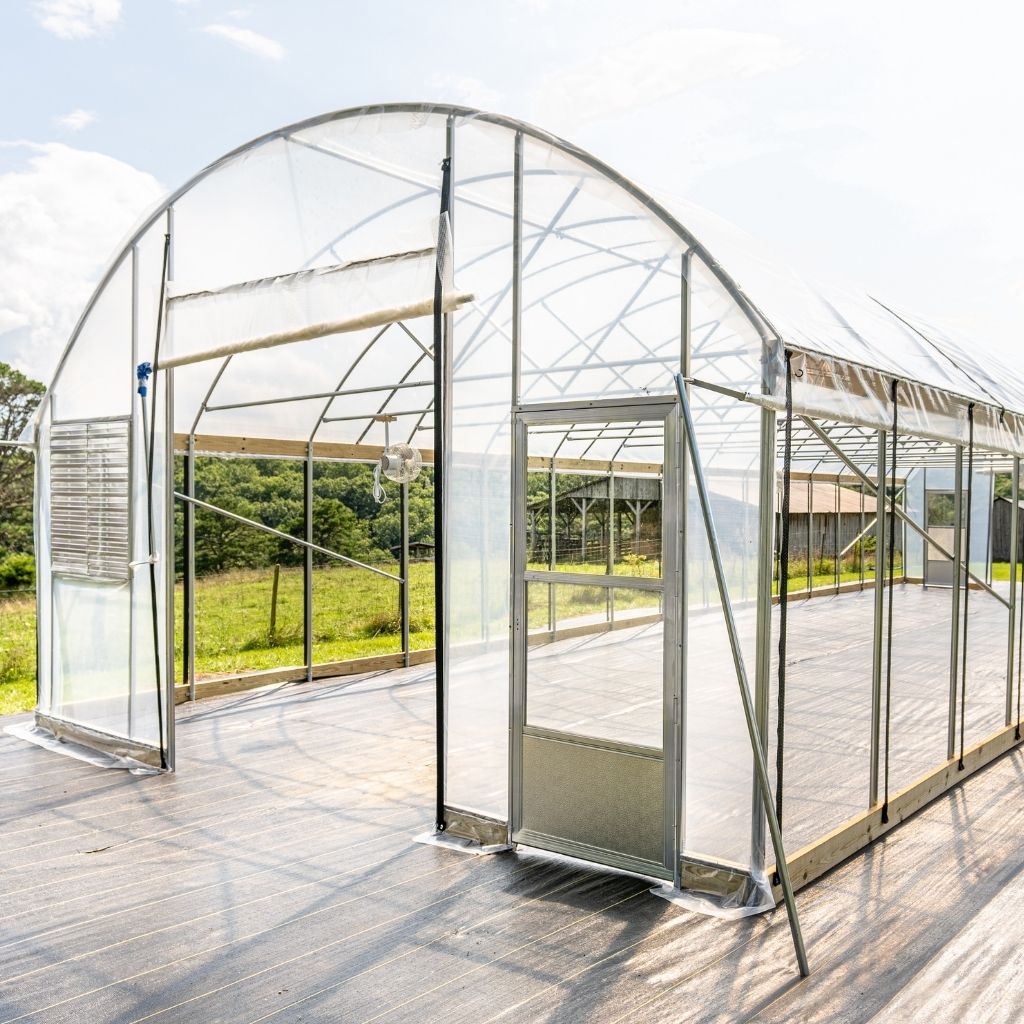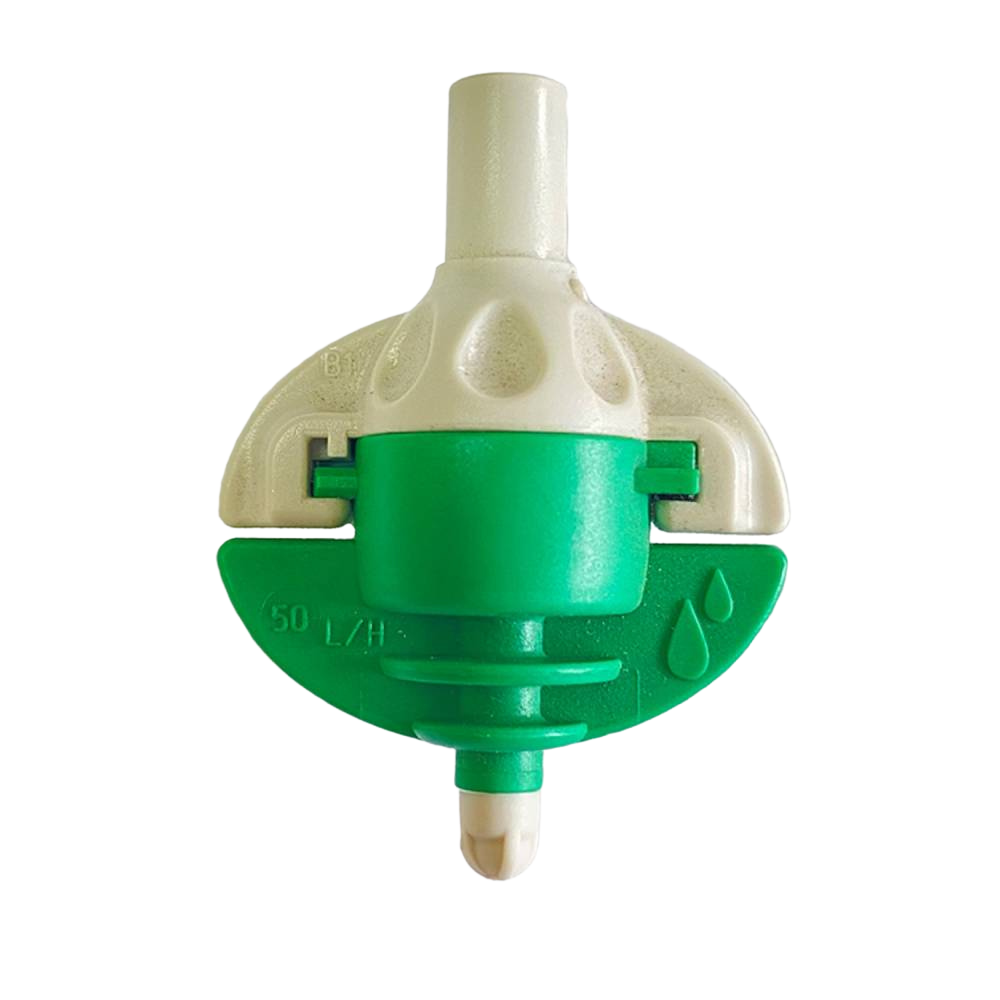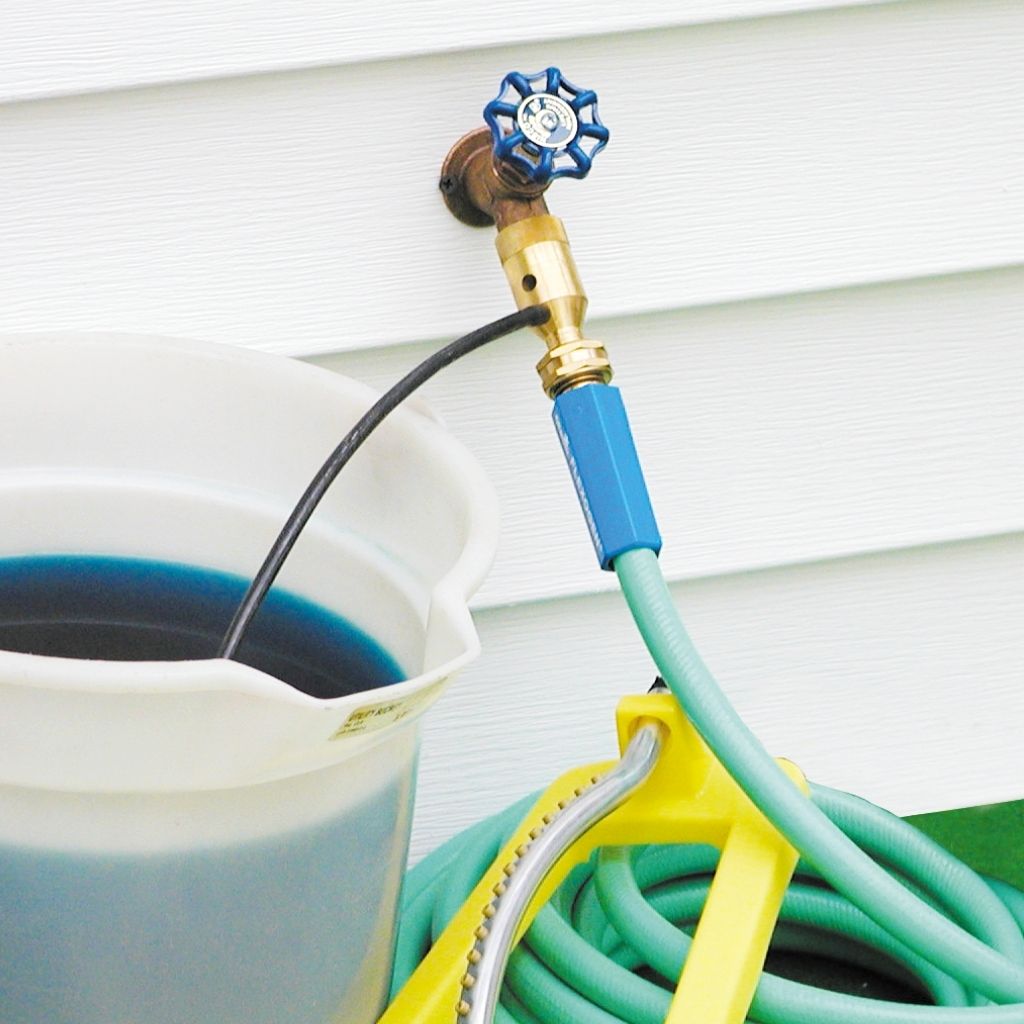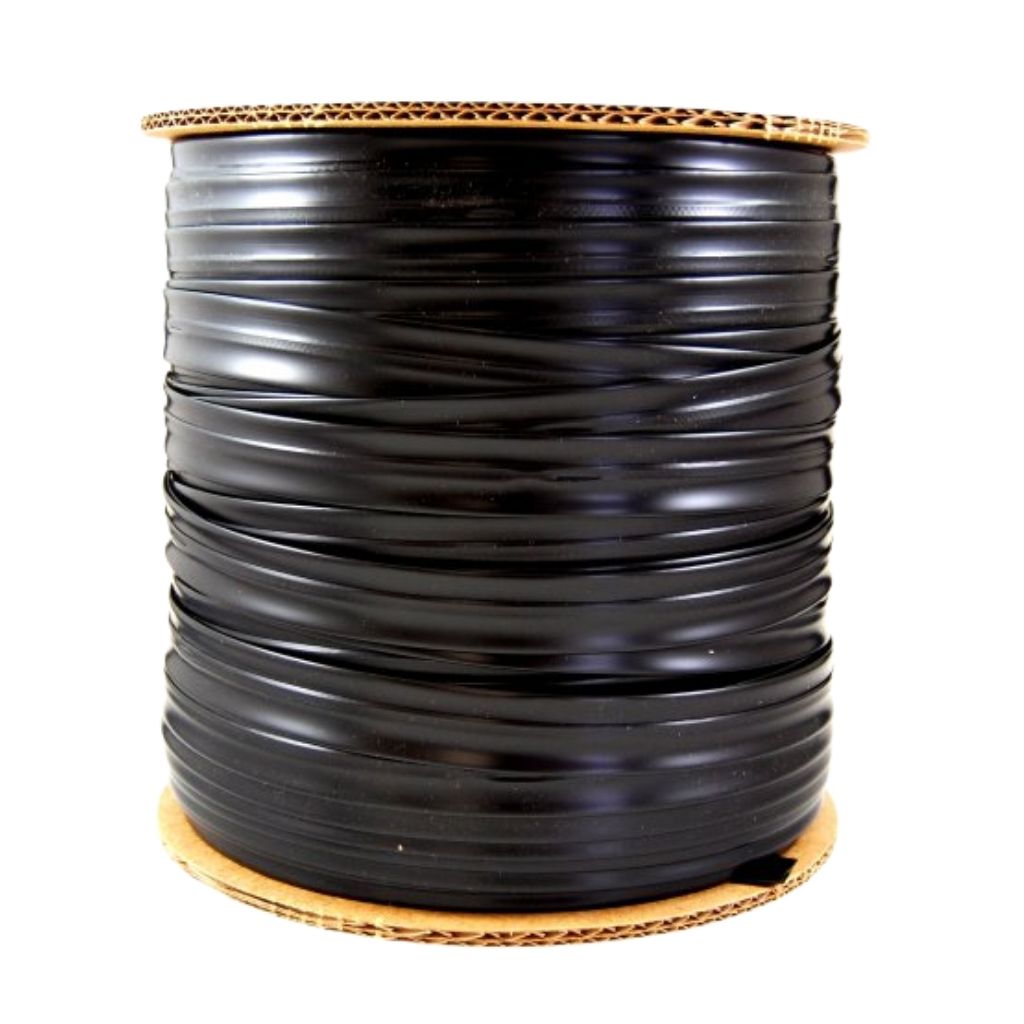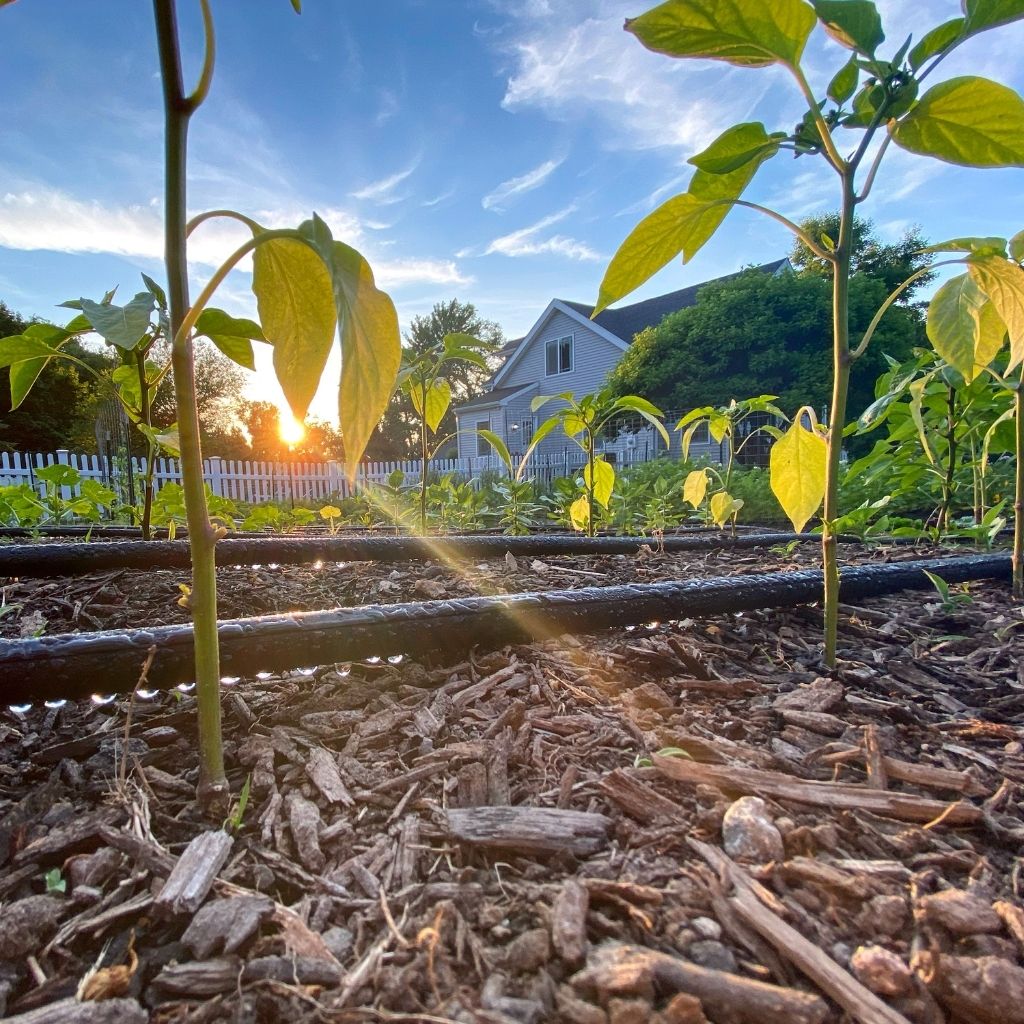Grow Your Own Asparagus

Asparagus is a perennial that will produce for up to 15-20 years, so the location of your bed needs to be well planned out.
Prepare a permanent bed in full sun and in a well-drained area. Asparagus roots will not do well in waterlogged soil. They prefer soil with a pH of 6.5-7.5. The asparagus will grow out into tall ferns that can reach up to 5 feet at the end of the harvest in order to make food for the next season, so wide row spacing will be necessary for multiple rows. (At least 5 ft spacing from center to center. For smaller growing areas, 6 inches to 1 ft. apart.)
You can plant your asparagus crowns whenever your soil is ready, but I would recommend waiting until the soil has warmed up to at least 50 degrees F.
Dig a furrow or a trench no deeper than 6 inches and about 10 inches wide. Apply 1 to 2 lbs of compost or worm castings per 50 ft of row to the bottom of your trenches, to supply the crowns with a good source of phosphorus. Lay out your crowns with a 1.5 ft spacing between. The roots will grow regardless if they are touching, so they won’t need to be spread out.
Once your crowns are planted, fill in your trenches so that the soil is back to its original level. It is not necessary to gradually fill in the trench, however, do not compact or firm the soil. This will greatly effect the emergence of the spears. In moist soils, you should have shoots come up within a week or two.
Normally, you will not harvest during the year you planted in. You will need to allow the spears to grow into ferns so they can make food for themselves for the following year. Do not cut down the fern growth at the end of the growing season, it should be left to overwinter. This protects the plant and the soil. If you should have spears with frost damage, you need to snap them off and discard them into your compost pile.
In the spring of the following year, you will need to remove the old fern growth by cutting it back 1-2 inches above the soil. Dead stalks are very sharp and will easily scrape the skin off your knuckles when you harvest new spears. Harvest spears when they are 7-9 inches long and have tight tips. You should be able to cut spears every 2 to 4 days during the second year. I recommend not cutting the spears off below the soil surface, you could inflict possible damage to the crown and the root system. Make sure you harvest all the spears that are ready to eat. Leaving them to ‘fern out’ will attract unwanted insects to lay eggs.
You should harvest in the morning when the air temperatures are still cool. Immersing the spears in ice cold water directly after harvesting will take the heat out and prolong storage because Asparagus is highly perishable. After the ice water treatment, store the spears in a plastic bag and keep in the refrigerator between 38-40 degrees F.
If you haven’t purchased your Asparagus already, check out Grower’s Solution and get growing!
I have listed a few known benefits to growing Asparagus…
- Anti-inflammatory and antioxidant nutrients
- Digestive support
- Heart healthy
- Blood sugar regulator
- Anti-cancer
Asparagus is an excellent source of anti-inflammatory vitamin K, heart-healthy folate, vitamin B1, vitamin C, and vitamin A (in the form of beta-carotene) and bone-building copper. Asparagus is a very good source of energy-producing vitamin B2, and B3 as well as phosphorus; heart-healthy potassium, vitamin B6 and dietary fiber; antioxidant-promoting vitamin E and manganese; and muscle-building protein. (whfoods.com)





